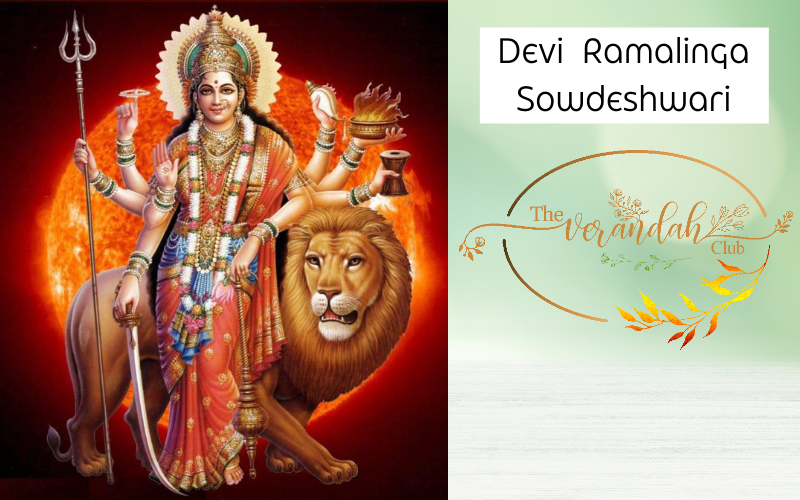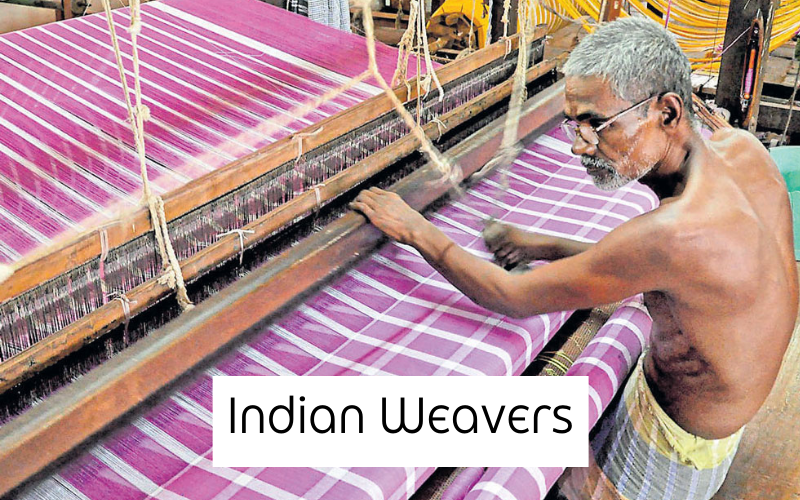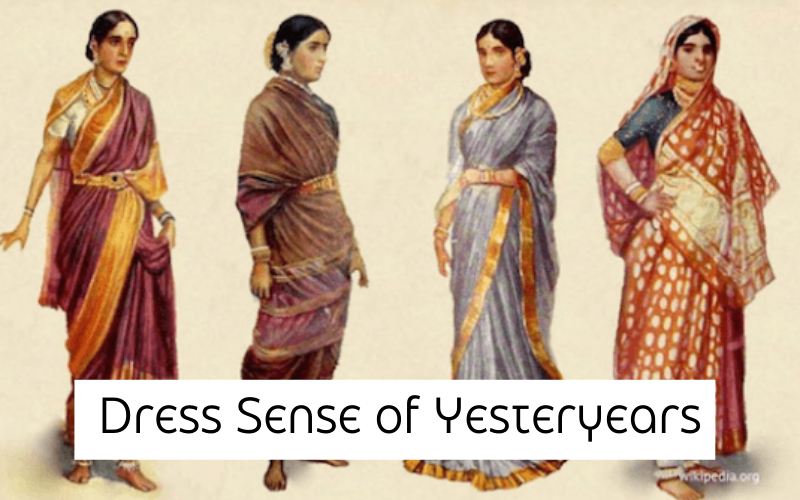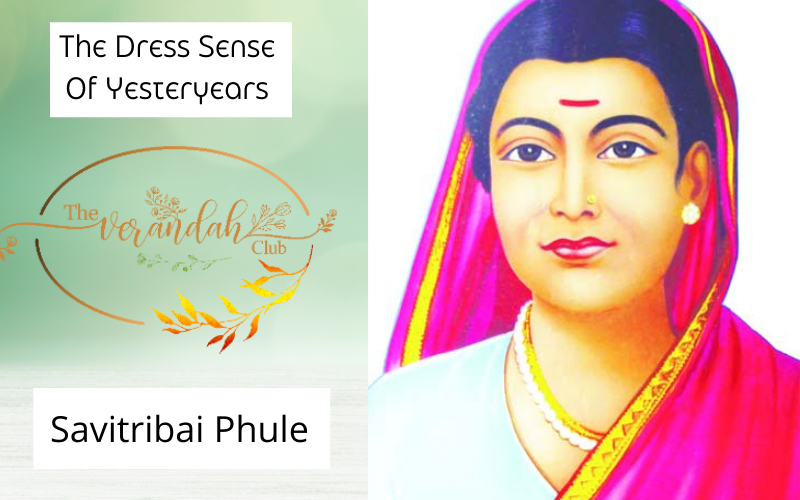
The worshippers of Devi Ramalinga Sowdeshwari are a truly blessed lot. They have been at the forefront in fabric manufacturing for thousands of years. Their fabrics added to the luster of the society. While the sixth sense taught the value of honor to the human beings, it became incumbent on the person to lead a life which spoke about the same.
Weavers and textile merchants were important cogs in the society. The merchants used to carry the produce of the weavers across groves, rivers, mountains and the seas. Fabrics from India went as far as Rome and these pieces of art fetched enormous quantities of gold and silver. India was the home of high-fashion at a time when the rest of the world was living in the dark ages.
The numerous varieties of fiber weaves, colors, and styles made India a fabulous source for global textiles. Over 100 seaports in India were exporting fabrics to the rest of the world and this made the country an international leader in trade. The fabrics and the fortune of India persuaded the Europeans to discover a new route to India.

Indians have always been known for their dress sense. It was this sense that preserved the tradition and culture of the country. Men, women, and children alike wore appropriate clothes. The clothes worn by people were based on their lifestyle. The clothes were made by the local weavers, who in turn sourced cotton and yarn from the nearby locality. Cotton was cultivated, plucked, and sorted before it was hand-ginned and spun into fine yarn.
The Indian short-staple variety was spun and then woven by hand. The klikklak of the spinners and weavers were the only noises in a weavers’ colony. The weavers used to pray and then begin their work for the day. There were several beliefs for the weavers. The weaver's deity – Ramalinga Sowdeshwari would stay in the residence of a weaver who would have witnessed a miracle in his loom. The Tamil novel, ‘Amman Nesavu,’ by the well-known author Gopalakrishnan shares details about an interesting story.
The village of weavers witnessed a miracle which occurred once in a way. The loom would automatically weave a saree due to the presence of Devi Ramalinga Sowdeshwari and this would result in the icon of the deity getting shifted to the house of the weaver who witnessed the miracle. Long ago, the weavers had left the historical city of Ujjain due to the invasion of Islamic conquerors. Many had been put to the sword, women had been carried away, elders and cows were butchered. Therefore, the weavers were forced to migrate.

The story of the weavers and that of the fabric are therefore important as well as sacred. People of our ancient land had understood the crux of all these and therefore they had paid a lot of attention while creating fashion. The fashion shows of the past were the weddings and temple festivals. This provided an opportunity to showcase the latest weave and style. The ramp walk was when people lined up to enter a temple and the audience consisted of the entire society. There was absolute equity and discrimination was absent.
People were very particular to wrap themselves properly and they were keen not to attract the wrong kind of attention. They had been free to wear the kind of clothes that they liked. But they chose to use their power of discrimination. The clothes that they wore were based on their day-to-day needs, budget and availability. The locally made fabrics were best suited for casual wearing and this kind of procurement promoted a circular economy. The high value stuff which was carried over by the tradespeople brought in money and cultural exchanges.
The farmer and the farm ladies were clothed in a simple manner. Their clothes had been made to suit their hardy life style. Teachers and priests clothed themselves a little more elaborately. Their homemakers were perfectly attired. Decency was the order of the day. Style and fashion sent the right signals and it was ensured that wrong ideas or notions were not harbored. The temple dancers and musicians were known for their fine styles. They exhibited a kind of refinement in terms of clothing during their performances.

Soldiers and aristocrats were attired suitably during the times of war and peace. People continued to wear clothes in a decent manner for centuries. Until recently, the profession or background of a person could be found by the clothes worn by the people. The advent of the modern era and the globalization had made things change completely.
The school teachers of the yonder era was known to wear their sarees perfectly. These women cooked, taught, and also took care of their families. Their very appearance would evoke respect in the eyes of the students.
Natural fabrics were used for making people to feel comfortable at home or at their place of work. Indian fibers were extremely comforting and clothes made in India evoked respect and admiration while also making one look fashionable and decent.
NEXT ARTICLE

Over the past couple of years, I have had the opportunity to attend several family weddings, both in India and the United States. The experience has b...

Let's take a moment to revisit the meaning of the term “Vivāha”. At its core, it represents the idea of sharing a burden and carrying the weight of li...